Do you have a question about the Kärcher BD 43/25 C Classic Bp Pack 80 Ah Li and is the answer not in the manual?
| Working Width | 430 mm |
|---|---|
| Fresh Water Tank Capacity | 25 l |
| Dirty Water Tank Capacity | 25 l |
| Battery Voltage | 36 V |
| Battery Capacity | 80 Ah |
| Brush Speed | 180 rpm |
| Working Width, Vacuum | 850 mm |
| Battery Type | Lithium-ion |
| Area Performance Theoretical | 1720 m²/h |
| Battery Running Time | 4 h |
| Brush Contact Pressure | 30 g/cm² |
Defines immediate dangers that can lead to severe injury or death.
Provides guidelines and warnings for handling lithium-ion batteries and chargers.
Explains the purpose of safety devices and the importance of not bypassing them.
Explains the colour coding used for operational and maintenance elements.
Describes the different operating modes: OFF, Normal, Intense, and Vacuum.
Explains the program selection switch and the device's display functions.
Step-by-step guide on how to safely remove the appliance from its pallet.
Details the procedure and precautions for charging the appliance's battery.
Instructions on how to correctly install the vacuum bar onto the appliance.
Guide on how to add fresh water and detergent to the appliance.
Adjusting the vacuum bar to an oblique angle for better results on tiled floors.
Modifying the vacuum bar's inclination when the vacuum result is unsatisfactory.
Adjusting the vacuum bar's height to influence suction lip contact with the floor.
Instructions on how to lower the vacuum bar for cleaning operations.
Steps to safely turn off and prepare the appliance after use.
Procedure for emptying the waste water tank, including rinsing.
Steps to drain the fresh water tank.
Guidelines for safely transporting the appliance, including securing it.
Recommendations for storing the appliance, emphasizing indoor use.
Outlines regular checks and maintenance tasks required for the appliance.
Lists routine checks and tasks to be performed monthly.
Specifies annual maintenance tasks, usually performed by service.
Instructions for cleaning the sieve component of the appliance.
Guidance on how to replace or reverse the vacuum lips when worn.
Steps for removing and installing the disk brushes.
Procedure for detaching and removing the waste water tank.
Lists approved battery types and their order numbers for replacement.
Detailed instructions for installing and connecting the battery correctly.
Steps for safely disconnecting and removing the battery from the appliance.
Corrective actions for the ERR B display error, often related to brush obstruction.
Corrective actions for the ERR T display error, usually involving a reset procedure.
Indicates a low battery status and prompts for charging.
Corrective actions for the ERR TEMP display error, related to device temperature.
Corrective actions for the HANDS OFF error, typically related to safety switch operation.
Corrective actions for the ERR REL display error, often requiring a reset.
Corrective actions for the ERR PWM display error, usually involving a reset.
Steps to take if the appliance fails to power on or start.
Solutions for issues related to low or no water supply to the cleaning head.
Troubleshooting steps for reduced suction power or ineffective vacuuming.
Common causes and solutions for poor cleaning outcomes.
What to do if the suction turbine is making unusual noises or operating roughly.
Troubleshooting steps if the brush drive fails to engage or rotate.
Advice on reducing vibrations during the cleaning process, potentially suggesting a softer brush.
Lists standards applied in conjunction with EU directives.
Lists UK regulations that the product complies with.
Lists specific EN standards applied to the appliance.
Lists national standards that have been applied.
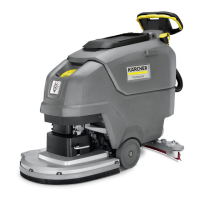
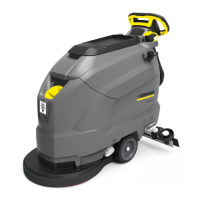
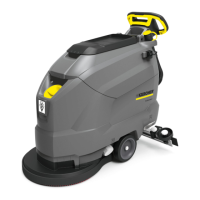
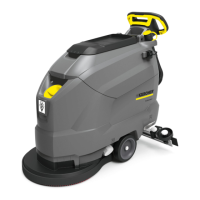

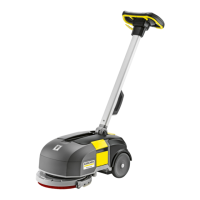
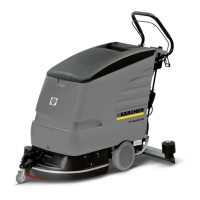
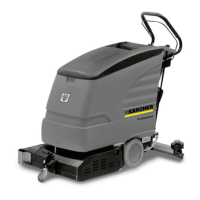
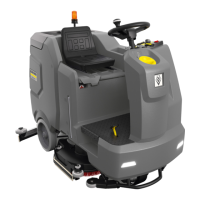
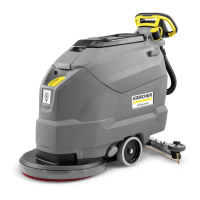
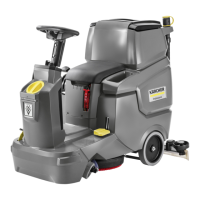

